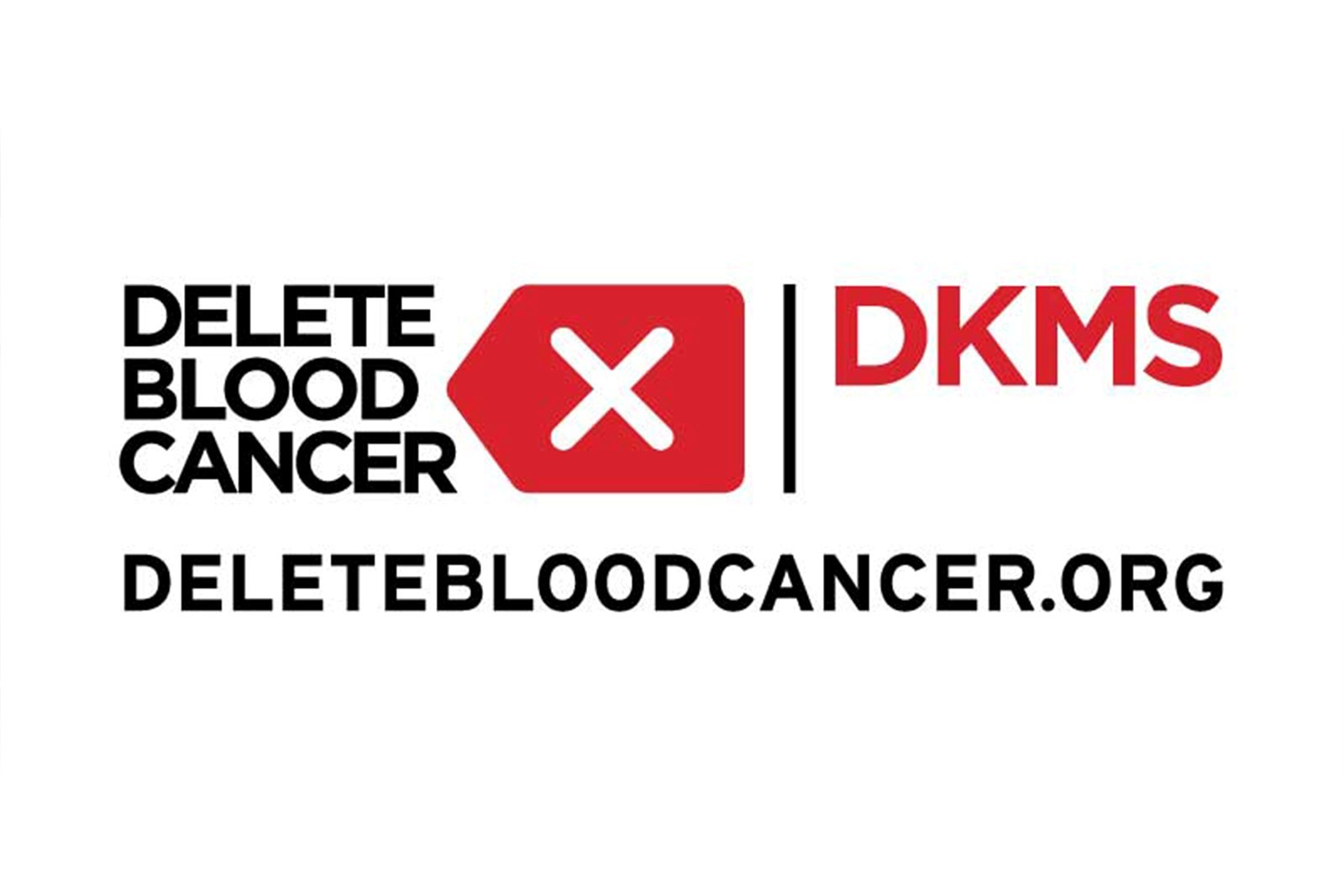While only around 1 percent of people on the bone marrow registry end up being a match, an Oklahoma Christian University alumnus found himself within that small margin in January when he received a call to be a potential donor. On March 21, Joshua Bilello donated bone marrow to a complete stranger, in an effort to help save a man’s life.
Bilello graduated from Oklahoma Christian last April with a degree in computer engineering but will attend medical school at the University of Texas–Galveston this fall. According to Bilello, his primary reason for going into medicine was because he has a deep love and passion for helping others.
“I love speaking to people face-to-face and working out their problems with them,” Bilello said. “I’m a people person. I love to help someone in need, and that’s the career that can do it the most. That’s another primary reason that I am going into medicine instead of engineering. With engineering, you can not really have that face-to-face communication with helping someone as medicine can.”
While attending Oklahoma Christian, Bilello was involved in several extracurricular activities, including being vice president of Kappa Mu Epsilon and co-founding the Eagles Health Initiative (EHI). In fact, Bilello said his involvement with EHI is what led him to donating bone marrow.
“When I was with EHI, we decided in the spring of 2016 to host a bone marrow drive called Delete Blood Cancer,” Bilello said. “We registered about 200-300 people that week, and I was one of those people. We hosted the drive with DKMS, and that is how I originally got started.”
In January, Bilello received a call that he was a potential donor to a 39-year-old man with Leukemia.
“They set up a blood work panel for me to do,” Bilello said. “They had to draw some blood just to reaffirm that I was the best possible candidate for the patient. After they confirmed that, they said, ‘Hey, we would like you to take the next step in the process,’ which was flying me down to Houston, TX. There, I had a physical with a doctor that was in their network. I had a chest X-ray, I had an EKG—just a full workout to make sure I was healthy and I could donate without any problems. It was a super quick thing. Once they got the test results back, they said I was good to go.”
“I waited another month while they prepped the patient for the donation. I think the most painful thing about the donation was preparing for the donation. They have to give you shots of a white blood cell stimulant, so it makes you produce a lot of white blood cells to be harvested at the donation time. So, due to the excessive white blood cell count, your bones have to pump out a lot of white blood cells. Your bones hurt a little bit, but that was the only thing. It was just a little bone pain. That is all you have to go through to save someone’s life.”
Bilello said the doctors kept him informed about every step of the donation process so he was not nervous about the procedure.
“I knew what would happen if there were complications, and there is a very low risk of complications,” Bilello said. “I was very informed and I was not nervous at all. I mean, I got to sit in a chair for six hours, which honestly, I do not get to do a lot of the time. It was not stressful at all.”
Bilello said he thinks the reason why more people do not register to donate bone marrow is because there is a lot of stigma behind the process and it is thought to be a very painful process.
“Most people think of a bone marrow donation as a shot in the back of the hip, and they draw the bone marrow out of your hip,” Bilello said. “Well, that is actually not the case anymore. On the very rare occurrence that happens, but the main method now is PBFC. It is super simple.”
“It is just one needle in one arm and then another needle in another arm, and all they do is cycle your blood through a machine and then return your blood without the with blood cells. You are a little sore when you wake up, but that is not the primary donation procedure anymore.”














Be First to Comment